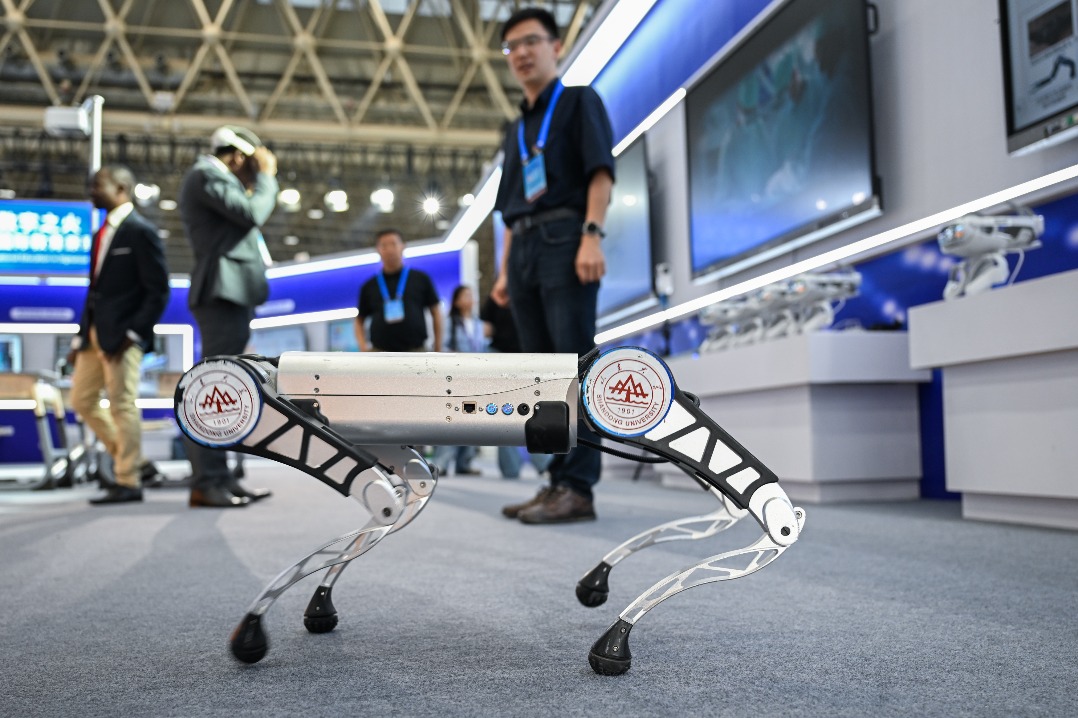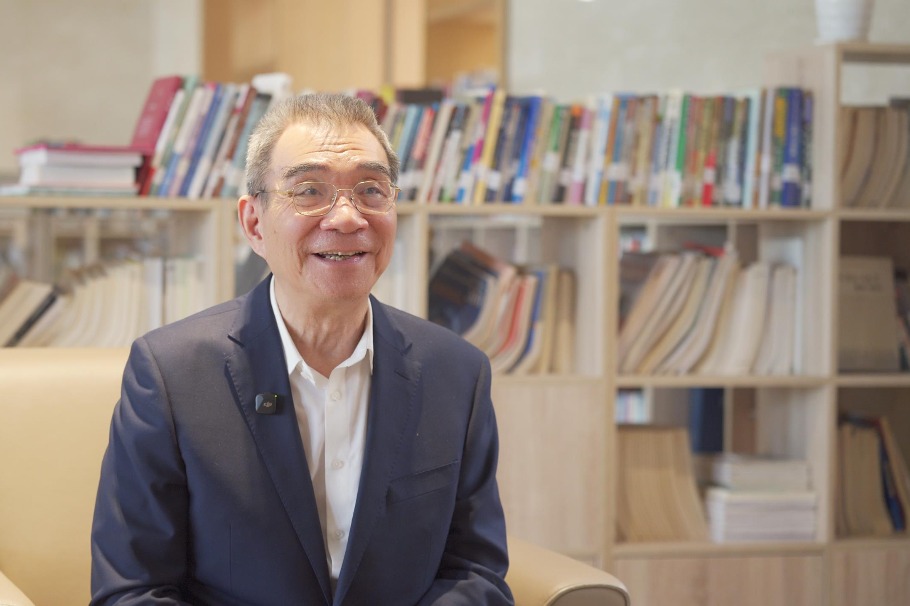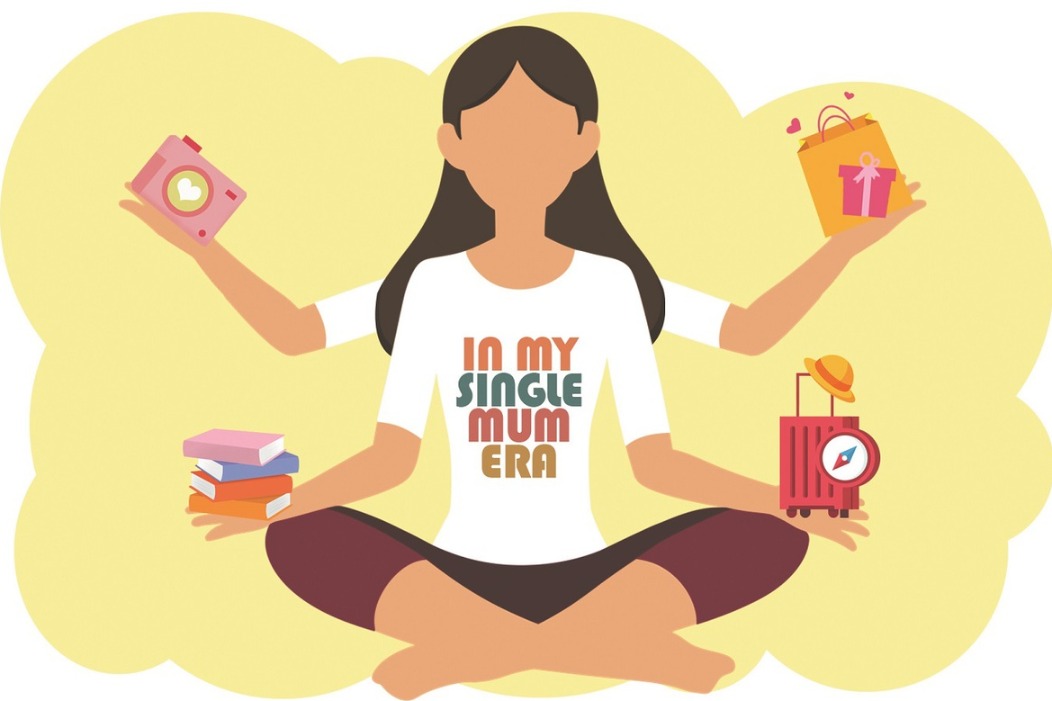Uncommon threads


For anyone old enough to remember fashions during the last quarter of the 20th century, the retrospective HKI Knits: 50th Anniversary of the Founding of HKI Group - with its bejeweled, big-patterned, boldly colored sweaters - is bound to evoke feelings of nostalgia.
The exhibition is currently on display at the privately run Sun Museum in Kwun Tong. Hong Kong International (HKI) Group is a diversified corporation that began life in the garment manufacturing and retail business. HKI Knits presents an overview of 10 of the company's brands - some defunct, others still in existence.
"Everyone knows Hong Kong as a financial hub, but so much of our society and culture is tied to industry," says museum founder Chloe Suen, who is also chair of the Simon Suen Foundation, which established the nonprofit facility. She adds that Kwun Tong district, where the museum is based, itself used to be a manufacturing industrial area with factories.
Opened in 2015, Sun Museum's exhibitions - over 50 to date - have principally presented fine art, from oil paintings to ink drawings to ceramics. HKI Knits - a showcase of ready-to-wear knits, vintage photographs and vintage textile machinery - bucks the trend.

"I never thought we'd have mannequins and machines in our exhibition space," says Suen.
This is actually Sun Museum's third industry showcase, however. The first, in 2016, was dedicated to Hong Kong's oldest porcelain factory, Yuet Tung China Works, founded in 1928; while the second, in 2018, covered goldsmith and jeweler Chow Sang Sang, established in Guangzhou in 1934.
HKI Group was founded in 1969, and while this 50th anniversary retrospective has been delayed - mainly because of the pandemic - the upshot is that, in the interim, sequins have become in vogue again.
Sequins, crystals, beads, embroidery and faux gemstones were routinely incorporated into the designs of Malina Wong, HKI Group's most successful label. Named after the wife of the group's founder, Jose Yu Sun-say, the brand's extravagant knitwear designs hit home in the European and American markets in the mid-1980s to early '90s.

"Buyers from Germany, the UK and the US would line up outside HKI in Kwun Tong to see Malina Wong's newest collections," says Yeung Chun-tong, Sun Museum's director. Western fashion buyers seemingly couldn't get enough of the brand's East-meets-West aesthetic. Malina Wong took designs associated with Chinese art (for instance, floral applique), ceramics (a floral sprig pattern) and culture (auspicious creatures such as the peacock), and applied them to knitwear.
While Malina Wong is the centerpiece, HKI Knits has five other sections, covering among other topics the company's mid-1970s emergence on the fashion runways of the Premire Vision Paris trade fair; the launch of new knitwear brands targeting different consumer demographics; HKI Group's entry into the Chinese mainland's garment and retail markets; and the company's opening of silk textile factories in Jiangnan, eastern China.

Vintage textile machinery on display includes an automatic knitting machine for creating complicated patterns such as double jacquard and cable knit, and an intarsia machine for realizing multipattern designs.
Deeply experienced in fine art curation, Yeung says the staging of HKI Knits presented particular challenges. "This was my first time handling a textile exhibition. It's quite different curating textile objects as opposed to other art objects," he says, adding that textiles can be treated alternately as 2D or 3D works.

Yeung thinks the show should pique visitors' interest in Hong Kong's textile industry, while providing an overview of the history of garment manufacturing in the city. Besides that, "an appreciation for the innovative and enterprising spirit of Hong Kong people and businesses" is what the museum director hopes HKI Knits will impart.























